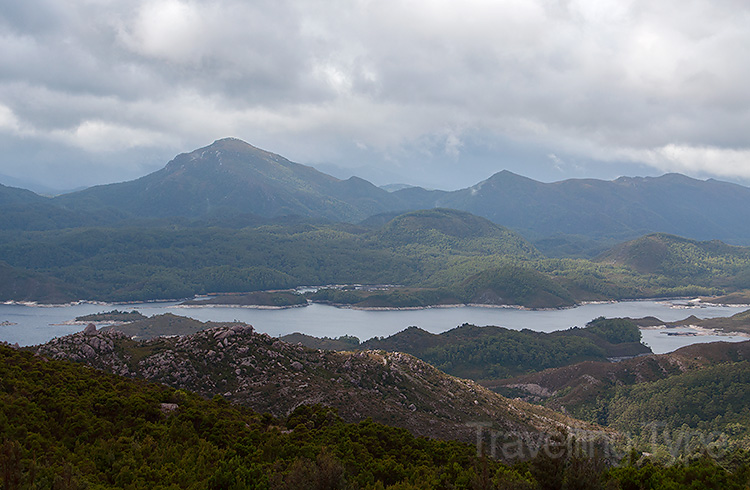
It was a drizzly morning when myself and four mates drove past Lake Burbury, up a mountain and deeper into the unforgiving country of western Tasmania. Arriving at a 120-year-old bridge in the Franklin-Gordon Wild Rivers National Park, we parked and followed a moss-strewn railway line by a chocolate-covered river. After about seven kilometres we reached the ghost town of Pillinger.

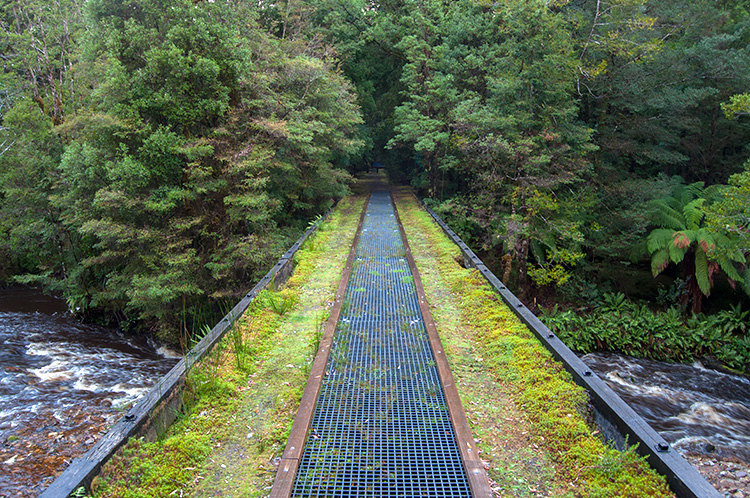
Located roughly two hours walk from the carpark, Pillinger was established in the Kelly Basin in the late 1890s by the North Mount Lyell Copper Company. Its function was to supply the nearby mining town of Crotty with bricks and timber to build and run its smelters. Soon after its establishment in 1897, the company built the towns of Crotty, Darwin and East Pillinger. A railway line was then built to connect these and facilitate the transport of materials.

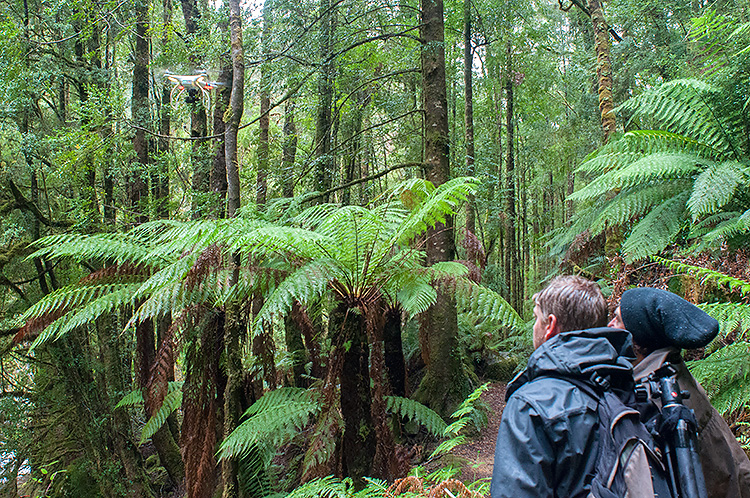
The Franklin-Gordon Wild Rivers National Park is an extraordinary place. All looked ancient and luminous, although the steady fall of light rain made our walk slightly irritating. Weaving around old trees, through tunnels of ferns and moss, we arrived at the Kelly Basin after roughly an hour-and-a-half’s walk. Soaked and a little tired, we hung some clothes out to dry on the old wharf and had a look around.

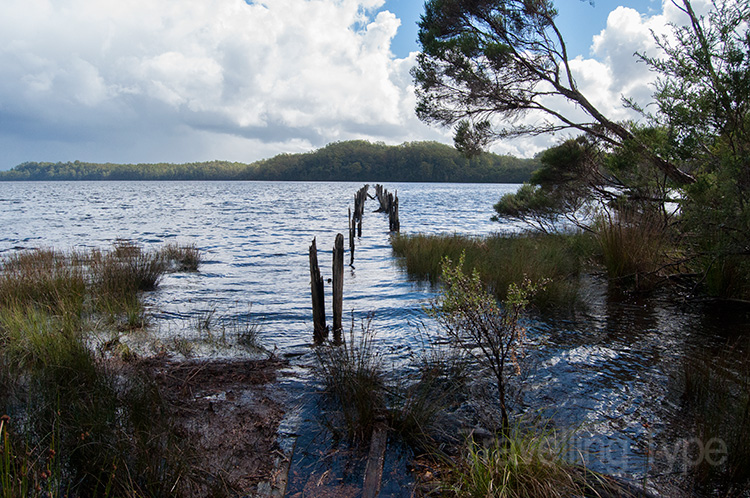
Pillinger, we soon discovered, was broken up into two towns, East and West Pillinger. Bricks were made in the kilns in East Pillinger, where the townsfolk lived, while West Pillinger was a government town which comprised stores, a hotel, a police station and the train station. At their peak, the two towns provided for roughly 1000 people and the bake house and mess hall in East Pillinger was the scene for much of the town’s livelihood.
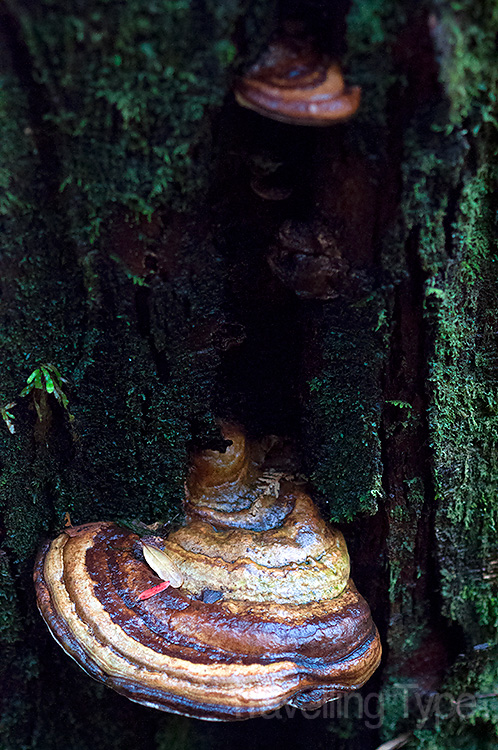
In 1902, East Pillinger contained 80 houses, 25 businesses, three hotels, a church, a coffee shop and a shipping agent’s office. One hotel, the Shamrock, hosted balls and live music. The town also had a well-stocked library, an aquatic club and in 1901 the Pillinger Cricket Club was formed. Pillinger even had a school which contained 62 students in 1902.


As we explored, we discovered that much of West Pillinger was inaccessible, as it had been reclaimed by the forest. However remains of the long wharf at Kelly Basin – which once stretched roughly 240 metres into Macquarie Harbour – proved atmospheric. In its day, the wharf was used to load timber and bricks as it connected to the sawmill and kilns by a single line of rails that ran along its length.

Sights remaining in East Pillinger include the bakery chimney and remnants of the railway carriages that once shunted through here in style. At its peak, railway travel between the Kelly Basin and the town of Linda (near Crotty) was one of comparative luxury. Three sumptuous railway cars were imported from England which were “saloon style with centre aisles, reversible seats and elegant brass fittings”.
We had a good rummage around these ruins, discovering discarded relics before wandering over to the old boilers and kilns of East Pillinger. Here my friend and photographer Dee flew his drone high above the forest, while the rest of us scattered and explored pockets of this lost world which looked like something out of Tomb Raider.
The boilers at East Pillinger are a nice touch, creating an atmosphere like Eden after the apocalypse. These particular boilers – which powered the saw mill and brick making plant – were called multi-tubular marine boilers and were originally designed for use on ships.
Other relics at East Pillinger include the updraught kilns, with their arched fire holes at the base of the wall where heat was released to make bricks. Shafts of steel protruded from several of these kilns, while the forest tinted the fire hole edges, making the ruins look older than their mere 120 years.
The Decline of Pillinger, Tasmania
In 1898, the main driving force behind Pillinger, James Crotty, died in London and with him so did any vision for the town’s future. Five years later, the North Mount Lyell Copper Company merged with its rival – the Mount Lyell Company – and nearby Strahan was chosen as the preferred mining port. By 1920, most families left for Strahan, while some stuck around to harvest timber and service ships.
The last train steamed out of West Pillinger in January 1925 and most of the buildings and infrastructure in the town were then removed. In 1943, the last family in town finally left. Pillinger has been deserted ever since.
As we explored our final moments in Pillinger, the rain eased off. Heading back, I became mesmerised by Bird River, with its rich chocolate swirls and tumbles framed by rocks of candy-like moss. I photographed sections of the river while slowly meandering home, lost from the others in the myriad of microcosms on offer in the Franklin-Gordon Wild Rivers National Park.
A Few Fast Facts
- The track to Pillinger is located just over an hour from Queenstown if you’re in a 4WD.
- Follow the Kelly Basin Road to the Bird River Bridge turnoff, then follow this to the end.
- Those travelling in 2WDs will have an extra five kilometres walk to the Bird River Bridge.
- From the Bird River Bridge it’s roughly 7.5 kilometres walk to Pillinger, Tasmania.
- Allow about 3-4 hours return for the walk and an extra two hours to explore the ruins.
- There is a campsite and toilet at East Pillinger.
- The walk is an easy grade as it’s quite flat.

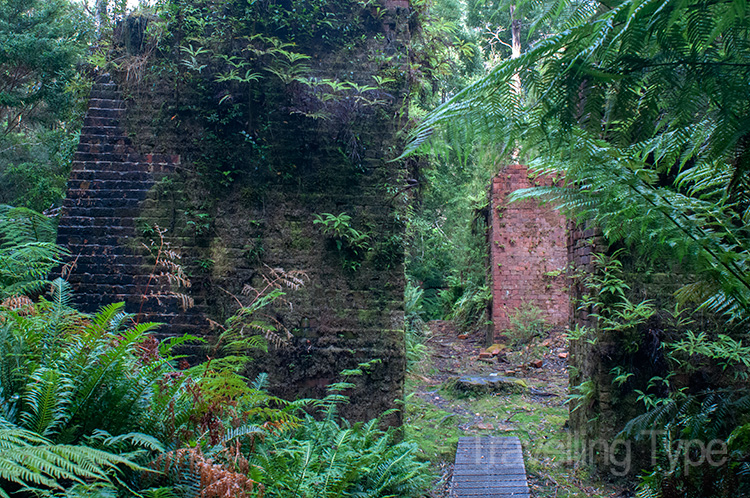
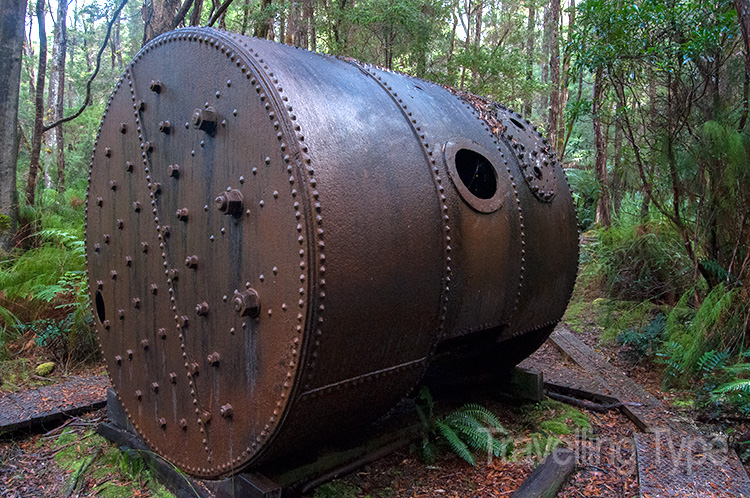
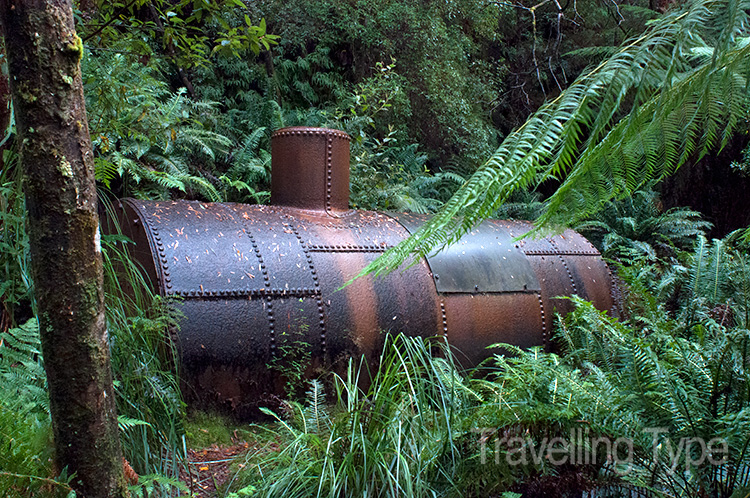
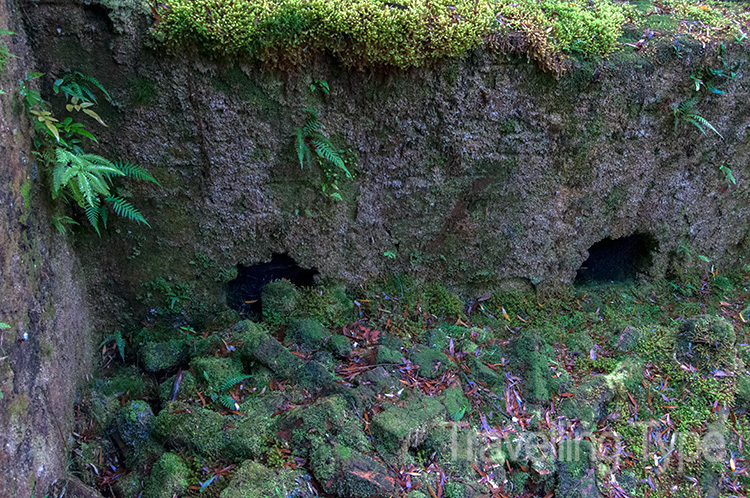
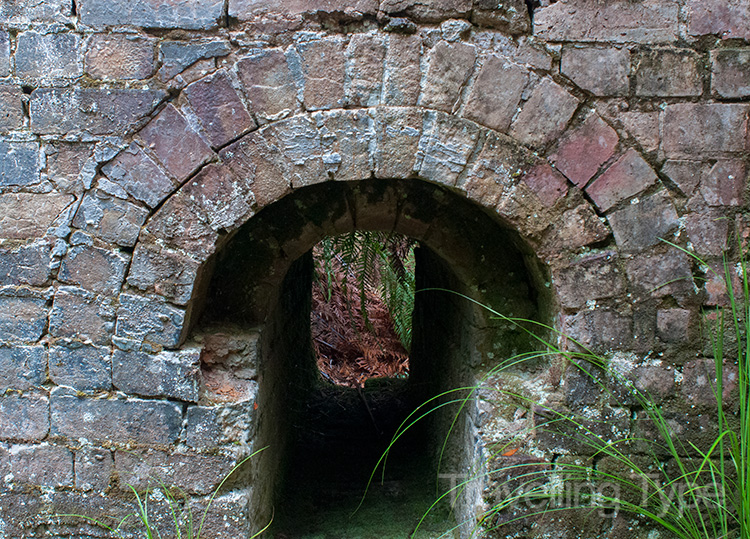



This looks like a great adventure. You keep reminding me that I must go to Tassie one of these days. The west coast in particular looks really rugged and wild. Love the sense of history in these towns too. Oh, and welcome back to blogging 🙂
Yes the west coast is certainly rugged and historical Nina. You would love it and the rest of Tassie too, no doubt. And thank you! I bought an apartment last year so blogging didn’t fit into the equation. Now it does 🙂
I grew up on the west coast many years ago, hadn’t heard about this place. Interesting.
Hi Victoria, so this one’s evaded even the locals? Well there’s so much history/things to see in western Tasmania that it doesn’t surprise me. If you can get here, I highly recommend a visit.
Hiya Andy,
What a brilliant place to find in all that beautiful forest! For someone like me who is unlikely to ever get to such a place, it is a treat to read your journey and view those incredible photos. Thanks so much!
Glad you liked it Lisa. Thanks for stopping by and having a read 🙂
Andy… you should spend some time in Derby and hike up to the Derby Tunnel. You can research a little about it online but it’s not well known. I’ve been up there once but when we wanted to go a second time, the track was impassable in our car. It’s a tunnel that was carved out of solid rock to take the tailings away from the Derby tin mine. There are lots of rusting artifacts around the tunnel.
Walking through the Derby Tunnel is on my bucket list but I can’t find anyone to walk it with me. I’m approaching 70 and it would be unsafe for me to do it alone. Maybe you could walk the length of it for me and take photos as you go.
Hi Jan, that sounds like an adventure I would certainly be up for. I love the country up that way too. However it’s a bit far from Brisbane, so it won’t likely be anytime soon. Saying that, I do have a mate that lives in Broome, so If I’m up that way in the near future I’ll be sure to let you know!
Planning to go to this. Was thinking of towing my small caravan though. Is it possible to park at the start of the trail and leave the 4wd and van? Or do you suggest leaving the van somewhere first?
Hmmm, tough one Jean. It’s a 4wd track to the start of the walk so I’d say probably leave the van at a caravan park in Strahan and then drive to the track to be sure.
Andy, what an amazing blog, thank you!
I came across it while looking for a detail on Pillinger which I visited in January this year. A very last minute addition to our itinerary and one of my favourite finds … gosh, most of Tassie makes it onto my “favourite” list! 😄
Your posts about the West Coast bring back so many memories from our four trips to Tasmania since we “discovered” it in 2015 and makes me want to go back time and again. You describe the atmosphere and history of Tassie’s rugged splendour beautifully. Please go back soon and blog some more! 😊 Sadly it’ll be quite some time before I’ll be able to return (itinerary is already written). Greetings from the UK.
Thank you Sabine. Sorry I missed this comment! Yes, I’m longing to get back. Family life has kept me apart from Tassie but I’ll bring the gang down and blog again about this amazing part of the world, I promise!
Funnily, I miss the UK. Send her my best!